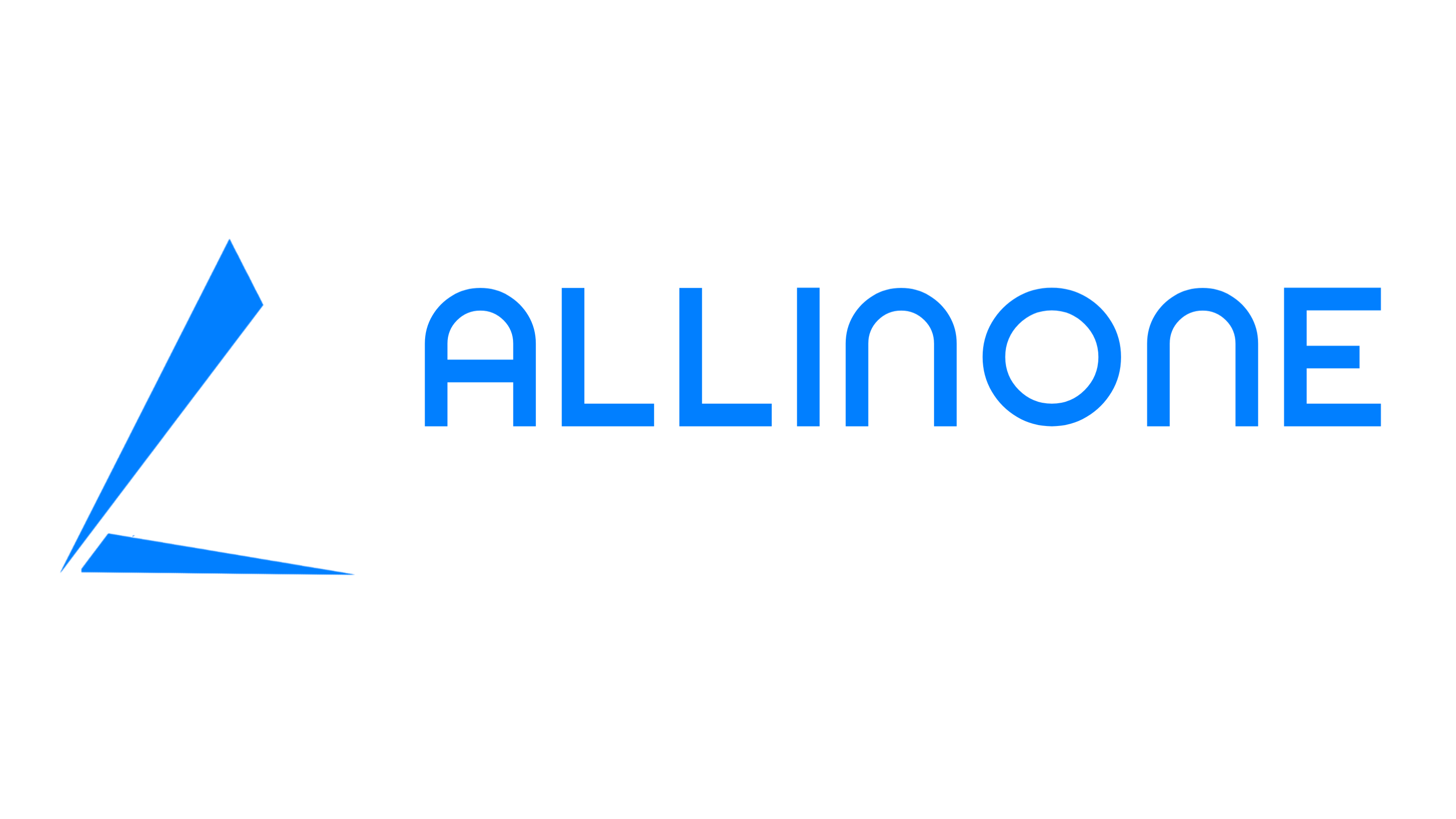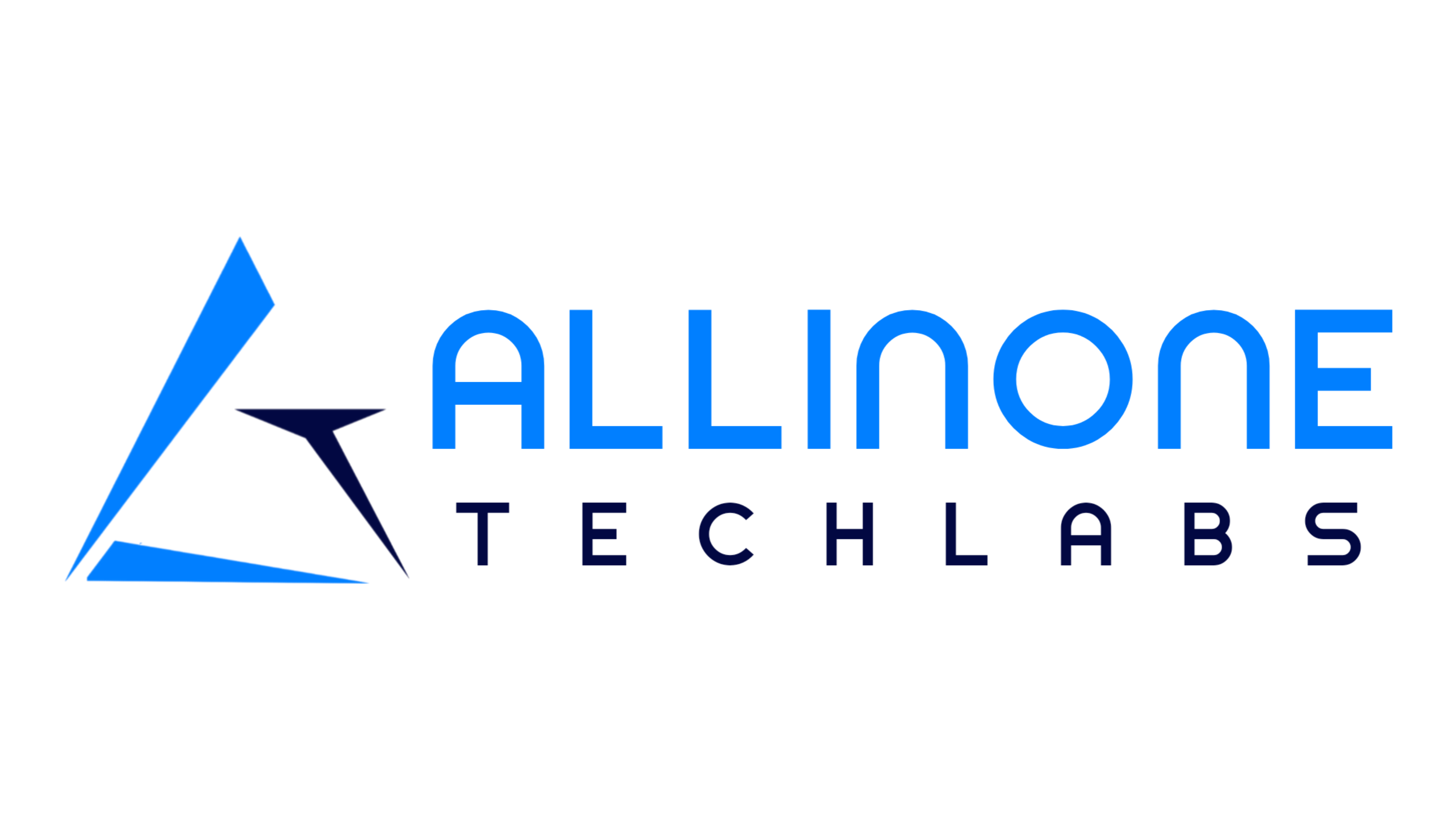In today’s digital-first business landscape, choosing the right software solution can make or break your operational efficiency. With 81% of business leaders considering investments in digital tools essential for success, the stakes couldn’t be higher. But when faced with the critical decision between custom software and off-the-shelf solutions, which path leads to better returns?
This guide explores why tailored software often outperforms generic alternatives across industries, helping you make an informed decision for your organization’s unique needs.
The Software Dilemma: Custom vs. Off-the-Shelf
Before diving into comparisons, let’s clarify what these options actually mean:
What is Custom Software?
Custom software refers to applications specifically designed and developed to meet the unique requirements of a particular business. Unlike generic solutions, custom software is built from the ground up with your specific processes, goals, and challenges in mind.
“Custom software is like a bespoke suit – measured precisely to your dimensions, rather than something pulled off the rack that ‘mostly’ fits.”
For example, a hospital might commission a custom patient management system incorporating its specific workflows and compliance needs, while an e-commerce company might develop a proprietary logistics app aligned with its exact supply chain process.
What is Off-the-Shelf Software?
Off-the-shelf software (also called commercial or packaged software) is pre-built, publicly available, and ready for immediate use. These applications are designed to meet the general needs of a broad user base.
Common examples include:
- QuickBooks for accounting
- Salesforce for customer relationship management
- Slack for team communication
- Zoom for video conferencing
Small businesses (around 50 employees) deploy roughly 40 different software tools on average, while large enterprises (1000+ employees) may rely on over 200, with each employee juggling about 8 applications daily.
6 Key Advantages of Custom Software Solutions
1. Perfect Alignment With Business Needs
The most compelling advantage of custom software is that it’s built to fit your business like a glove. Unlike off-the-shelf solutions that force you to adapt your processes to their design, custom software is crafted with your unique workflows in mind.
This tailored approach means:
- Getting exactly the features you need – nothing more, nothing less
- Streamlining operations in ways generic software often can’t
- Automating tasks to match how your team actually works
- Reducing manual effort and administrative overhead
- Ensuring technology aligns with business strategy, not vice versa
2. Unmatched Scalability and Flexibility
Business needs evolve constantly. As your company grows or pivots, you’ll need software that can keep pace with these changes.
Custom software is inherently scalable and flexible, designed to evolve alongside your business. Since you control the development roadmap, you can:
- Plan for future growth from day one
- Build with headroom for increased users or transactions
- Add new functionality on your schedule (not a vendor’s release cycle)
- Avoid disruptive migrations when you outgrow a packaged solution
- Implement quick pivots in response to market shifts
“Off-the-shelf solutions often impose hard caps on users, data, or features unless you upgrade to higher tiers – and even then, you might hit architectural constraints that custom solutions simply don’t have.”
3. Enhanced Security and Compliance
In an era of increasing cyber threats and regulatory scrutiny, security can’t be an afterthought. Custom-built applications offer several security advantages:
- They’re less targeted than popular platforms hackers already know how to exploit
- Security protocols can be integrated from the start based on your specific risk profile
- Strong encryption, role-based access, and audit logs can be tailored to your needs
- Regulatory compliance features (HIPAA, GDPR, PCI DSS) can be built directly into the system
Off-the-shelf tools might have standard security features that leave gaps for your particular use case. With custom software, you close those gaps and gain greater control over your security posture.
4. Genuine Competitive Edge
Using the same tools as everyone else rarely yields a competitive advantage. When your competitors use identical software, you’re operating on a level playing field at best.
Custom software provides a powerful differentiator:
- It enables unique capabilities that are difficult for competitors to replicate
- It embodies proprietary processes that set you apart
- It can deliver innovative user experiences exclusive to your brand
- It allows you to implement features nobody else has
- It becomes a direct enabler of competitive strategy
For instance, imagine two financial services companies: one uses a generic CRM that dictates how they manage client relationships, while the other has a custom CRM with innovative features tailored to their specific advisory approach. The second company can respond faster and more personally to client needs, potentially gaining a significant edge in customer satisfaction and retention.
5. Seamless Integration With Existing Systems
Most businesses rely on multiple software systems. One major advantage of custom solutions is their ability to integrate smoothly with your existing technology stack.
Custom software can be designed with connections to:
- Legacy databases
- Third-party services
- Internal tools
- Specialized industry platforms
Developers can create custom APIs or modules so your new software communicates perfectly with existing systems. This level of integration eliminates duplicate data entry and prevents information silos.
By contrast, off-the-shelf software often comes with limited integration options, potentially requiring expensive middleware or workarounds to connect with your other tools.
6. Superior Long-Term Cost Efficiency
While custom software typically requires a higher initial investment, it often proves more cost-efficient over time:
| Cost Factor | Off-the-Shelf | Custom |
|---|---|---|
| Initial cost | Lower | Higher |
| Ongoing fees | Subscription/license fees, per-user costs | Maintenance costs |
| Ownership | Renting indefinitely | Asset you own |
| Hidden costs | Extra tools to fill functionality gaps | None (if well-designed) |
| ROI timeline | Immediate usage, limited ROI growth | Delayed start, higher long-term ROI |
Off-the-shelf software might seem economical upfront, but recurring subscription fees add up significantly over time. Additionally, if a packaged solution only meets 80% of your needs, you’ll end up paying for supplementary tools or manual processes to cover the gap.
“Custom software is an investment in an asset your business owns. While maintenance costs exist, you won’t be paying endless per-user or per-month fees to external vendors.”
Challenges to Consider With Custom Development
Despite its advantages, custom software development comes with challenges that deserve careful consideration:
1. Higher Upfront Investment
Developing custom software requires significant initial capital. You’re funding the entire build of a product, whereas with off-the-shelf tools, you’re sharing costs with many other users.
How to mitigate: Consider phased development to spread costs, focusing on high-impact features first and expanding functionality over time.
2. Extended Development Timeline
Unlike ready-made software that deploys almost immediately, custom solutions take time to design, develop, and implement. Depending on complexity, the development cycle can span weeks or months.
How to mitigate: Use agile development practices or build a minimal viable product (MVP) to deliver core features faster while continuing development.
3. Need for Specialized Expertise
Building quality software requires skilled professionals – whether through an in-house team or a development partner. This expertise includes requirements analysts, designers, developers, testers, and project managers.
How to mitigate: Partner with a reputable software development firm with a proven track record in your industry if you lack internal resources.
4. Ongoing Maintenance Responsibilities
With custom software, you’re responsible for updates, bug fixes, and security patches. In off-the-shelf solutions, the vendor typically handles these tasks.
How to mitigate: Establish a maintenance agreement with your development partner or build an internal support team.
When Custom Software Is the Right Choice
How do you know if custom development makes sense for your situation? Consider these scenarios:
Your Business Has Unique Workflows
If your company has processes that are highly specific or uncommon in your industry, off-the-shelf tools probably won’t cover them adequately. Custom software can be built to address those exact requirements.
You Need to Unify Multiple Systems
Businesses struggling to connect numerous software systems often benefit from custom development. Rather than forcing employees to jump between disconnected tools, a custom solution can create a cohesive experience.
You Face Strict Security or Compliance Requirements
Industries with stringent data security standards or regulatory requirements often find custom solutions more suitable. A custom application can incorporate advanced security measures and compliance features beyond what generic products offer.
You Anticipate Significant Growth or Change
If your future roadmap involves substantial expansion or pivoting, custom software designed with this evolution in mind can prevent painful migrations later.
Your Software Directly Impacts Competitive Advantage
When a software capability could significantly differentiate you from competitors, custom development should be considered. This is especially true for customer-facing applications that define your brand experience.
Real-World Success: Custom Software in Action
Case Study: Regional Healthcare Provider
A mid-sized healthcare network struggled with inefficient patient data management across multiple facilities. After trying three different off-the-shelf EMR systems over five years, they invested in a custom solution.
Results:
- 37% reduction in administrative time
- 28% improvement in billing accuracy
- 42% faster patient check-in process
- Full HIPAA compliance with enhanced security features
- Seamless integration with lab systems and insurance providers
The initial investment was recouped within 18 months through operational efficiencies and reduced subscription fees.
Making Your Decision: A Strategic Framework
When evaluating your software options, consider these critical factors:
- Strategic importance: Is this software core to your business operations or a peripheral function?
- Uniqueness of needs: How specialized are your requirements compared to industry standards?
- Integration requirements: How many other systems will this software need to connect with?
- Growth trajectory: How rapidly is your business changing or expanding?
- Budget timeframe: Are you focused more on minimizing upfront costs or long-term value?
- Competitive landscape: Could proprietary software capabilities give you an edge?
For commodity functions (like basic accounting or email), off-the-shelf solutions often suffice. But when software directly impacts your core operations or customer experience, custom development typically delivers superior results.
Conclusion: Aligning Software Strategy With Business Goals
The choice between custom and off-the-shelf software ultimately comes down to understanding your organization’s specific needs and long-term objectives. While packaged solutions offer convenience and lower initial costs, custom software provides superior alignment, flexibility, security, and potential competitive advantages.
Many successful companies have discovered that the software tailoring process not only delivers a better tool but also forces them to clarify and improve their processes, yielding benefits beyond the software itself.
In today’s technology-driven marketplace, the ability to leverage solutions built specifically for your business can be transformative. By choosing custom software where it matters most, you ensure your technology isn’t just supporting your operations – it’s actively driving innovation and growth.


